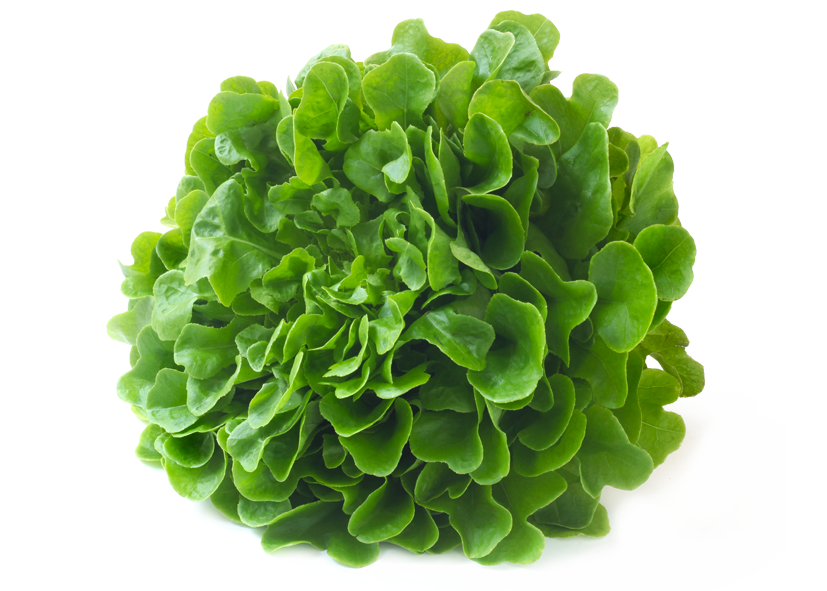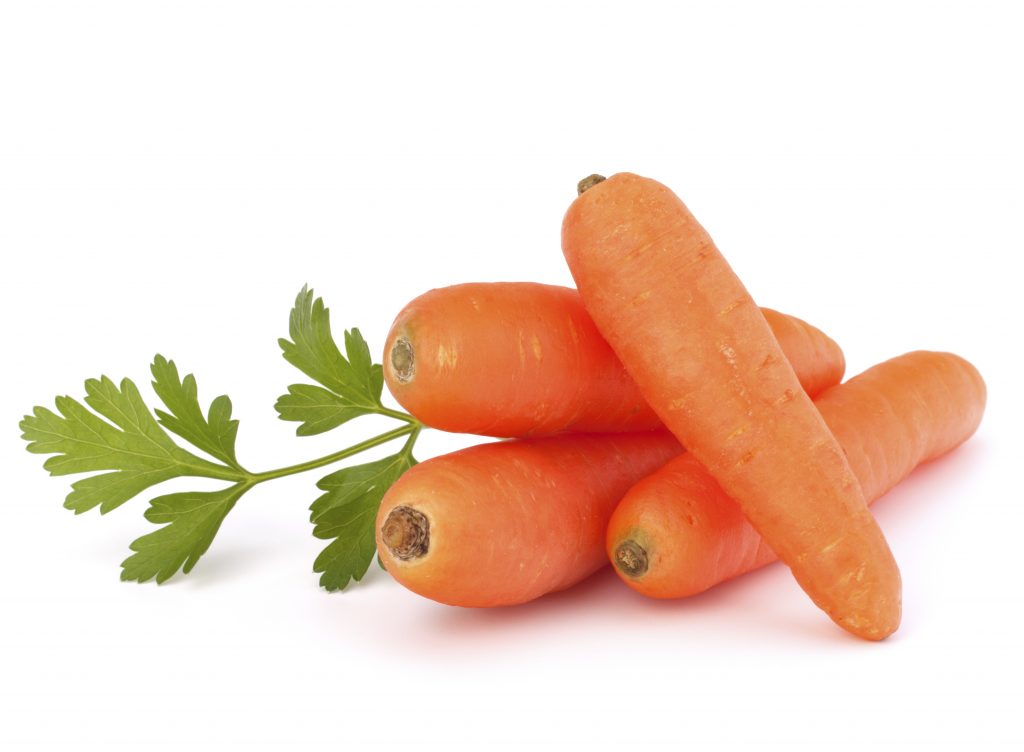

Feeding the dwarf rabbit: garden at home
One of the best things about hosting a rabbit in your home is that, if you want to, you can grow most of the vegetables they eat in your garden.
In fact, you don’t have to be an experienced gardener or own acres of land to grow your furry friend’s favorite plants. Let’s see together how to do it.
Garden container
If gardening is new to you or you have limited space in your garden, the best solution to grow your vegetable garden is to organize it with the help of containers.
You can build it yourself if you are a fan of DIY. To do this, you will need to get wooden planks to cross over each other just like in the game of Tetris, in order to form a box to contain the soil delimited by the planks and divided into squares. You can safely use scraps of wood and not necessarily pre-cut wooden planks, depending on what you can find. However, it is important that the wood you have found is completely free of chemical agents that can compromise the soil.
An alternative to the wooden container is a pot. What really makes the difference is the soil you use, it must be of first quality and rich in nutrients.
Lettuce
Lettuce is quite easy to grow. You can plant the seeds directly in the ground and cultivate different varieties even in a limited space. Some of these varieties, such as romaine lettuce, require more space than others.
Lettuce is a winter crop and thrives at temperatures around 10/15° C. It should be planted in spring/autumn, but there are varieties that can be planted throughout the year.
Some varieties have advantages over others in cultivation. For example, in broadleaf lettuce, you can cut off the already developed outer parts and keep the heart buried, which will continue to grow.
If you live in very hot areas, I recommend growing this vegetable in easily coverable or shaded areas at least during part of the day. As I mentioned, lettuce does not like high temperatures.


Chinese cabbage
Chinese cabbage seeds sprout and grow very quickly. This is also a plant that grows in low temperatures and therefore must be sown in spring or autumn.
The soil for sowing must be free from weeds and rich in nutrients. So be very careful to remove any weeds, which would steal the nutrients from the soil. After a period of 40 to 45 days, depending on the temperatures in the area where you have cultivated, the harvest can take place. Be ready to harvest before the temperatures get too high, otherwise the Chinese cabbage will overripe.
Carrots
Carrots can also be planted directly in the soil bed. For this, I recommend choosing smaller varieties than those purchased in our supermarkets. The important thing for carrot cultivation is that the soil is free from weeds and rocks.
You can give your rabbit both the fruit and the top foliage of the carrot, but without overdoing it. It is well known that rabbits love carrots, but this is a food that must be made available to them, like other vegetables, in moderation.


Aromatic herbs
Herbs are perfect for growing in a vegetable garden. You can grow a wide variety of them, which are also useful for your dishes if you love using them in cooking.
You can choose from basil, coriander, mint, oregano, parsley. Your rabbit will appreciate them.
For some species, such as mint, I suggest planting them in a pot. Mint is a resilient and long-lived plant that grows easily.
Dandelion
What could be easier than growing a weed? Cultivating this plant is actually a piece of cake. Considered since ancient times as a medicinal plant, we can actually find it in many of our crops and sometimes we are forced to eliminate it.
We can take advantage of the fact that it is so often found in nature to decide not to cultivate it, but under two conditions. The first is that it is actually present in your yard or garden. The second is that it has not grown near a plant that you have nurtured or grown with the use of chemical fertilizers.
If, on the other hand, you decide to cultivate it, I strongly recommend planting it in a pot. This will allow you to avoid having your garden infested. What you need to do in this case is even simpler. Just scatter a handful of seeds on the ground, cover them with very little soil, and lightly water. Dandelion seeds need light to grow.
In no time, you will have green leaves to cut and don’t worry because no matter how much you cut it, the dandelion will always grow back.
Some tips in general
Make sure to keep only the strongest plants in your garden, which can withstand the weather conditions. Don’t be afraid to gradually eliminate weaker plants, as this will allow the stronger ones to absorb the necessary nutrients from the soil.
Make sure that the container you are using has the proper drainage system. The soil should be moist but not muddy.
I recommend alternating crops from the beginning, as this will reduce the risk of plant diseases.
Cut the plants in continuous succession to ensure regrowth.
